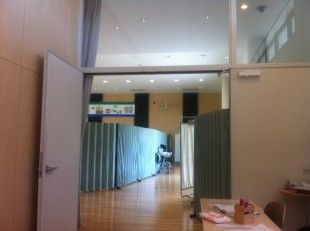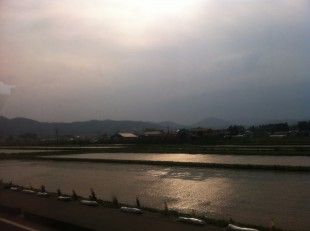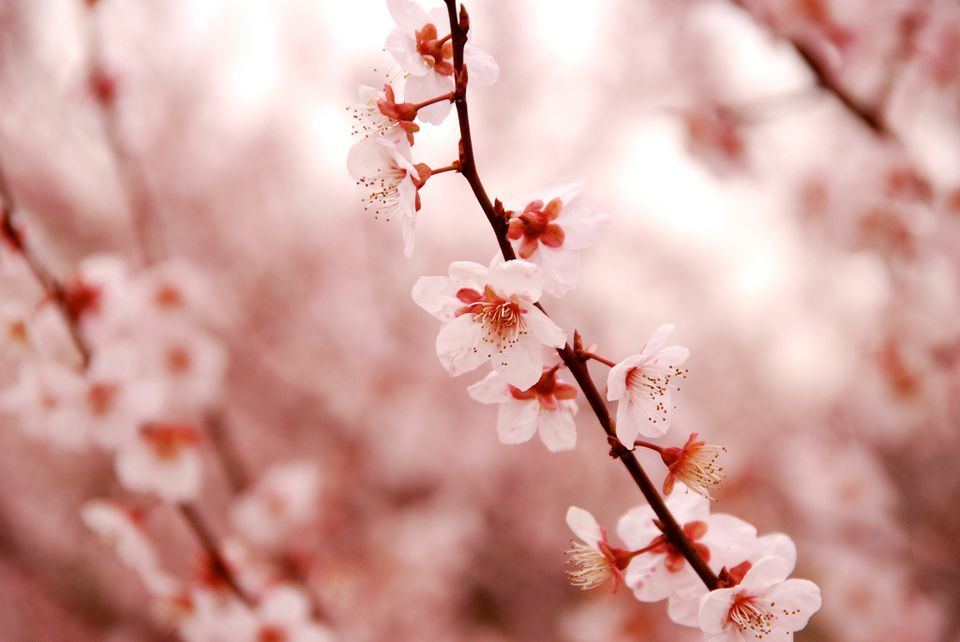Nearly a year ago I moved to Fukushima for three months. Fukushima used to be famous for its beaches, hot springs and nature. Now, if remembered at all, it is most synonymous with the post tsunami nuclear situation of 3/11, Tepco, and the events that unfolded in March three years ago.
I was in Yokohama and Tokyo during the earthquake and tsunami, but I vividly remember being glued to the television watching footage of the Daiichi plants on the news. Newsreaders with hard hats delivered updates on the state of the reactors. Nobody knew what was going to happen. I remember noticing the non-computer-generated graphics. It is strange what details stay clear in your mind on the 12th floor of a friends apartment, occasionally swaying, contemplating the possible outcomes of a large scale nuclear meltdown.
Two years later, having visited Tohoku twice, I had been praying hard for Fukushima and wondering, really, what was the situation there? News of Tohoku was on the news in Japan, but it was not really clear what the current situation was. Sure, people had protested in 2011, and there were regular stories of leakages, but how were the people? Many had been displaced and were not able to gather much before having to leave. I hoped living there for a short time would give me more of a chance to talk to people.

I lived in Motomiya, a small town built on a road about 30 minutes from Fukushima city. Hanami or “Cherry Blossom” season was fast approaching. Usually, during the brief week of blossoming, people have outdoor picnics with parties continuing on late into the night. Hanami happened as usual— there seemed to be no obvious fear about radiation in the air: teenagers walked to school every morning; mothers took their children outside. Local people shopped, but depending on whom you talked to, it was not safe to eat certain foods. The supermarkets had big signs encouraging people to shop and buy local produce.
I borrowed a friends’ geiger counter to check the levels. In the building where I worked, the reading was lower but still only 2.1 on the Sv scale. I also took advantage of the offer of a free radiation check that was conducted at the community center 5 minutes from my house. Sitting in a medical paper dress, I was scanned and then moved to a small room that was covered in plastic sheeting. Here I watched cartoons for 5 minutes trying my best not to fidget. My level was very low, (unsurprisingly having only lived there for about a month). I was told that the amount of radiation in the air is in general, very low and that I am likely to be exposed to more by taking frequent aeroplane flights than by living there. He seemed like a smart, nice man, but I wasn’t sure I believed him.

Other days I would go and grab coffee from the center café run by a house for young adults with learning disabilities. At the community center, people could come in and sit in the massage chairs, watch a big screen tv, chat. I got talking to some friendly “Obachan’s” (old ladies). They had lived in Motomiya all their lives and considered the nuclear accident zone to be something in a “different place.” Their sense of locality was much smaller than in the sprawling mass of Tokyo.
While we were chatting they were interrupted by an older man, one lady told me after he was one of the people living in the supported housing complex. She said it was hard for them, people who had lived all their lives in the exclusion zone having to leave. There seemed to be a distinction between those who had been in the exclusion zone and those who had not. She told me that she felt that the people in Tokyo had forgotten about them, or didn’t care.The Japanese phrase “kankenai” meaning “it’s nothing to do with us/it was used.” I could sense a genuine anger, but below that a sense of sadness. As is often the case in Asian countries, the well-being of the group usually takes precedent over that of the individual. With this disaster, a clear distinction has been made between those from the affected area and those outside of it. Invisible lines were drawn and people felt it. And most people felt that people in Tokyo and the international community simply did not care: that the government was covering up the truth, or at the very best avoiding it.

As a writer, artist and teacher, I was aware of different responses to 3/11. Japanese contemporary art is not best known for its political concepts, but some young artists have been creating work addressing the issue. Artist Kota Takeuchi stood pointing at the cameras inside the plant while video footage was streamed live. The fashionable and controversial performative art collective Chim Pom’s work in Minami Soma and Shibiyu has been well publicized.
An artist I had met the year before, London-based Japanese artist Kaori Homma (associate lecturer at London University) joined by Tokyo-based art critic/social commentator Dr Mouri and Meryl Doney (curator/director of Wall Space) started an artist-led Art Auction meant to encourage emerging artists from the Fukushima area with support from ACH and Morphe Arts. They’ve completed two residency programs as well as exhibitions, film screenings, and performances.
Three years later, after much of the press is long gone, the residency program is going strong. This year’s residency will take place in May and June and will feature the work of collaborative artists Haruka Komori and Seo Natsumi. Known as Komori +Seo they have been mainly working in the Tohoku area living and working with survivors of the tsunami.
Previous participants include Kaya Hanasaki (2012) who created photographic and performative work inviting people to wear a face mask. In itself, this is an everyday item in Japan, however her work transforms this into a visual question. The mask becomes a larger political symbol, as according to the government it is not necessary. For non Japanese people wearing the mask, it is a physical reminder of the current situation.
In 2013 Hikaru Fuji, filmmaker and artist, worked in the studio Departure, limehouse. At one of the events hosted by the Japan Foundation, he debated with Turner Prize nominees the Otolith Group. These kinds of projects are ongoing and bring together a larger audience in the U.K. and provide a space for ongoing evaluation of the situation. While the media moves on to the most recent “disaster,” the communities and the artists within them continue to question, to share, and to mourn the loss of normalcy. But out of the ashes of Fukushima is a spark of hope— the hope of ongoing dialogue and friendship born from the ability to be in and respond to crisis.

